Cherry’s Model Engines, The Story of the Remarkable Cherry Hill
“With thousands of engine designs held in archives, rarely seen for more than a hundred years, which ones to choose? Likely candidates were found after extensive burrowing in old magazines, and a final choice made on the basis that it had to be an unusual design, a challenge to make, and capable of being made to work.
It is this last criterion which separates Cherry’s models from the most of the top examples of models found in museums.”
Here’s hoping you’ve not yet heard of Cherry Hill before—because then everything in this book will surprise and delight, and it so rare in this oversaturated information age to discover anything wholly new.
Despite having won multiples of all the awards in all the specialties that matter in her field, despite an MBE from the Queen for Services to Model Engineering, despite the honor of being one of only two Companions of the Institution of Mechanical Engineers (IMechE), despite being lauded as the world’s greatest model engineer, Cherry Hinds Hill, now in her mid-eighties, has always kept an exceedingly low profile. It takes her years to build one of her fully functional models and she has no time to waste on interviews, PR, or training apprentices. Her one “associate” is her husband—and he’s over a hundred years old when this book was written.
By now you ought to be mightily intrigued. Hill’s work has long been featured in Model Engineer magazine, the journal of record in this field and first published in 1898 (as Model Engineer and Amateur Electrician). Author Carpenter is a former editor and in that capacity was involved with the annual event associated with that magazine, The Model Engineer Exhibition. And it was at the centenary event in 2007 where he persuaded Hill to let all her models be shown together for the first time, an idea that resulted years later in this book.
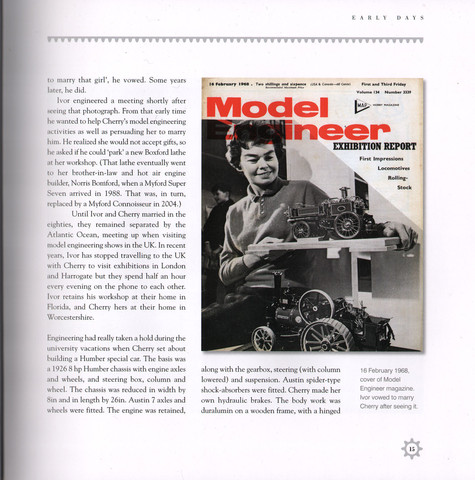 Being a seasoned model engineer himself allows Carpenter’s commentary to dwell on those points that would interest fellow engineers (technique, equipment, research etc.) but by the same token occasionally leaves the newbie behind, cf. a reference to “Swarfega” without explaining what it is (a heavy-duty hand cleaner).
Being a seasoned model engineer himself allows Carpenter’s commentary to dwell on those points that would interest fellow engineers (technique, equipment, research etc.) but by the same token occasionally leaves the newbie behind, cf. a reference to “Swarfega” without explaining what it is (a heavy-duty hand cleaner).
While on the subject of technique, Carpenter more than once points out something that may be as frustrating to fellow engineers as it is inspiring: Hill excels not because of fancy gear—she doesn’t use a CNC machine or even own a computer—but because of practice, patience, and a certain kind of temperament. It should also be clarified that while her models are fully functional, not every item works as the real thing would. Her preferred scale is 1/16 or ¾” to the foot, sometimes 1/12, and at that small size oil pipes, for instance, would plug up. Magnetos work but steam cocks, certain gauges, or injectors usually do not. 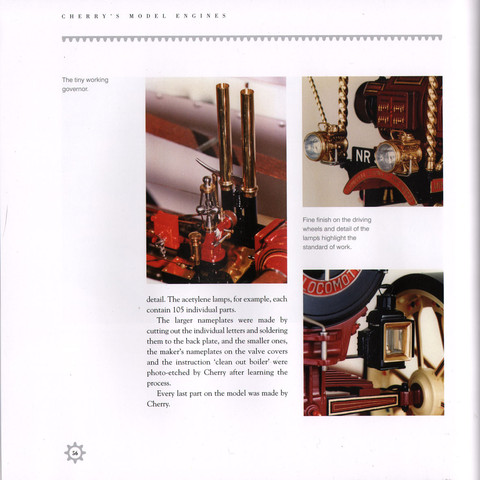
And while her coal-fired miniature burners really are functional, actual propulsion is achieved by compressed air because oil and steam would gum up the works. One machine even has an operable padlock!
Almost all of the thousands of parts in each machine are not only made by hand but, except for the earliest models, turned from steel bar as opposed to cast. Imagine making piles of 1/16 scale rivets! (And then customize matchboxes with tiny compartments to store them!)
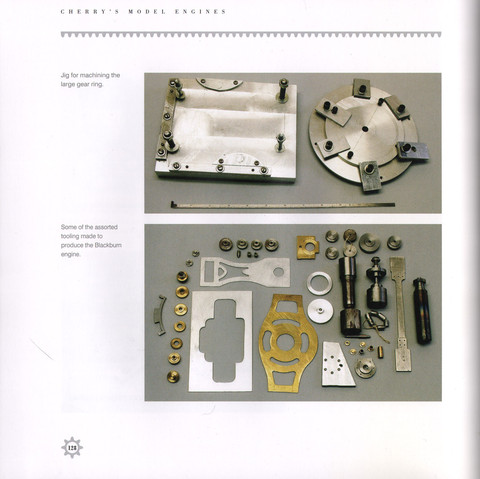 As the intro said, everything about her professional life is remarkable, and so is, for that matter, her domestic situation. All but the latter are being given a good look here.
As the intro said, everything about her professional life is remarkable, and so is, for that matter, her domestic situation. All but the latter are being given a good look here.
Car folk should know that Hill, who had a fondness for Jensen sports cars, counts among her several patents for full-size gear one for the Crypton Synchro-check carburetor balancer produced commercially by AC Delco in the 1950s. Her models usually do not travel so the next time you’re in London, visit the IMechE Archives to see them along with other Championship Cup winners on display there.
Copyright 2015, Sabu Advani (speedreaders.info).



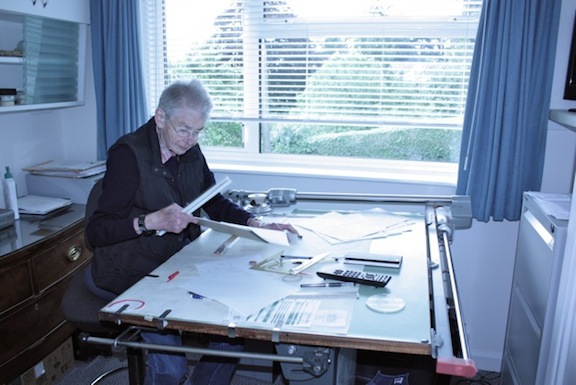
 RSS Feed - Comments
RSS Feed - Comments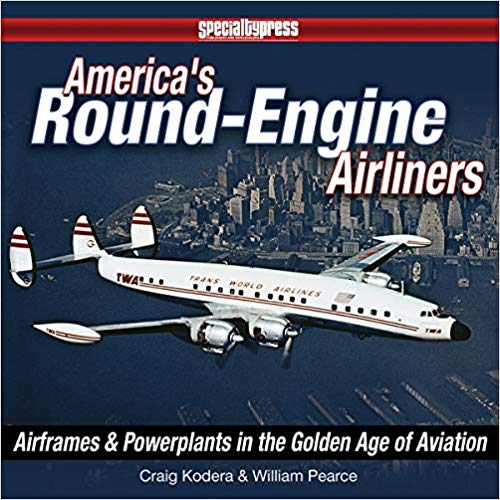

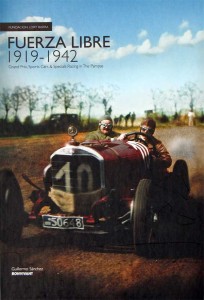


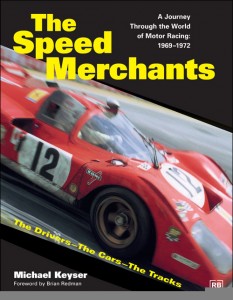
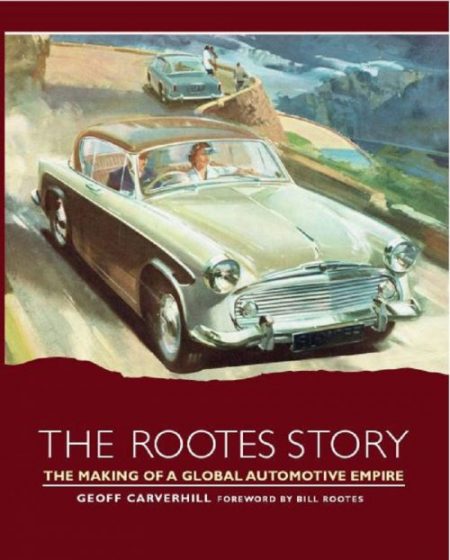
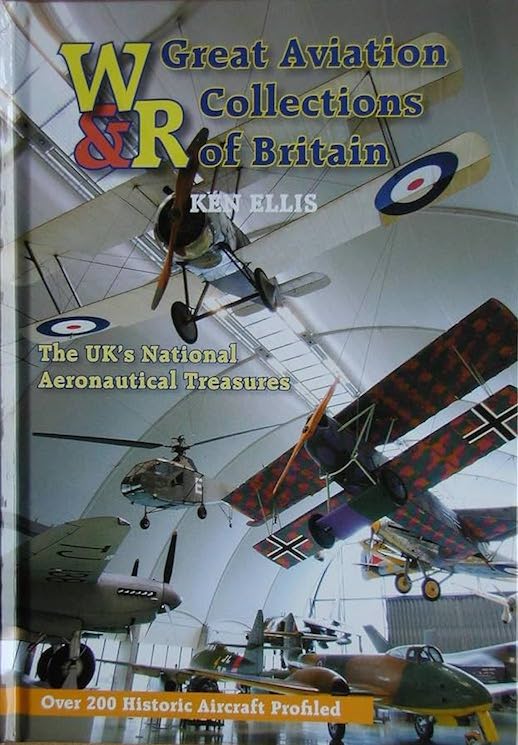

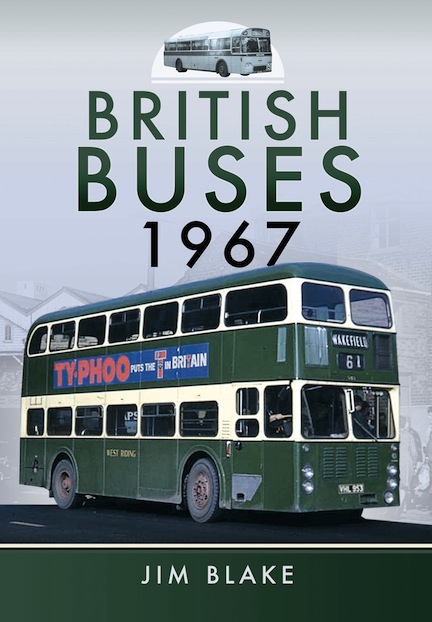

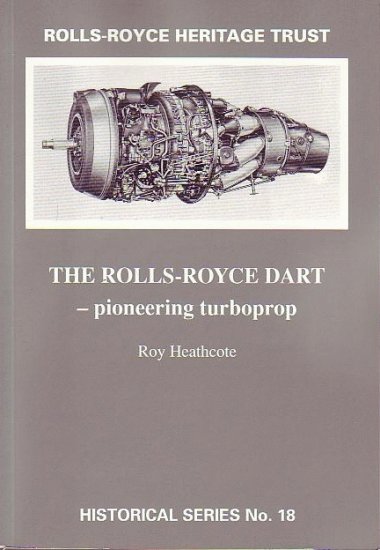

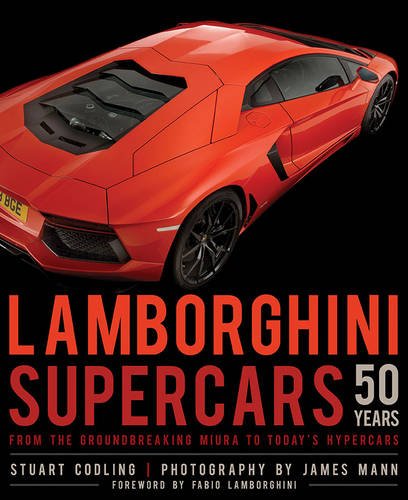
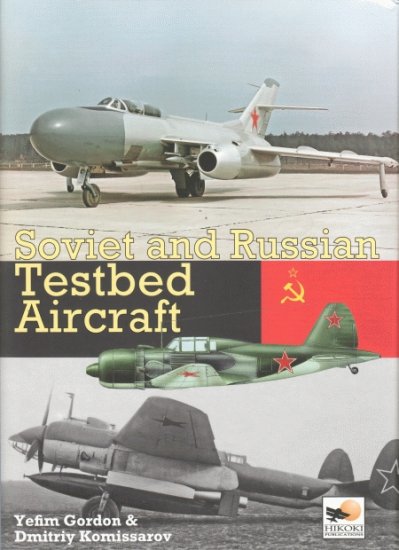
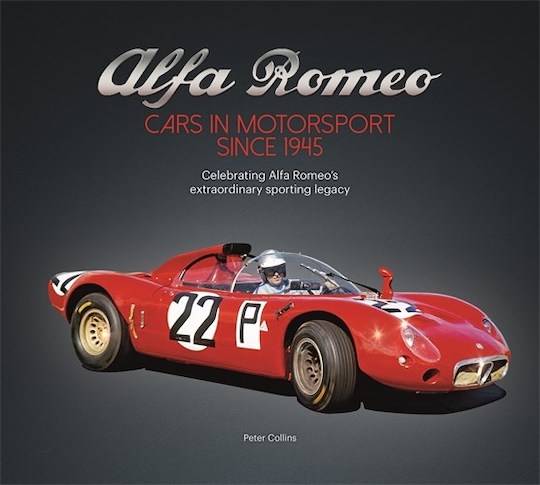

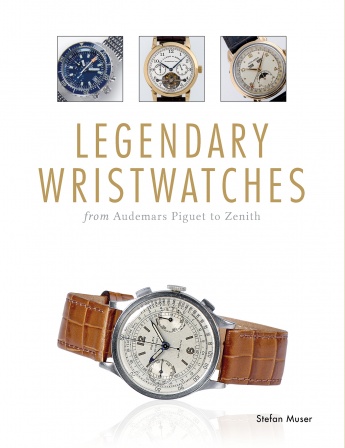


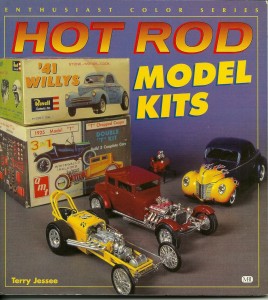

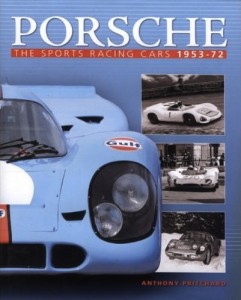
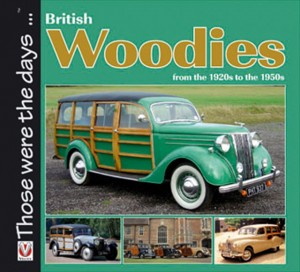
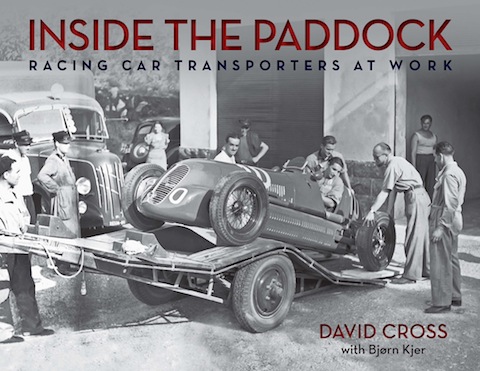
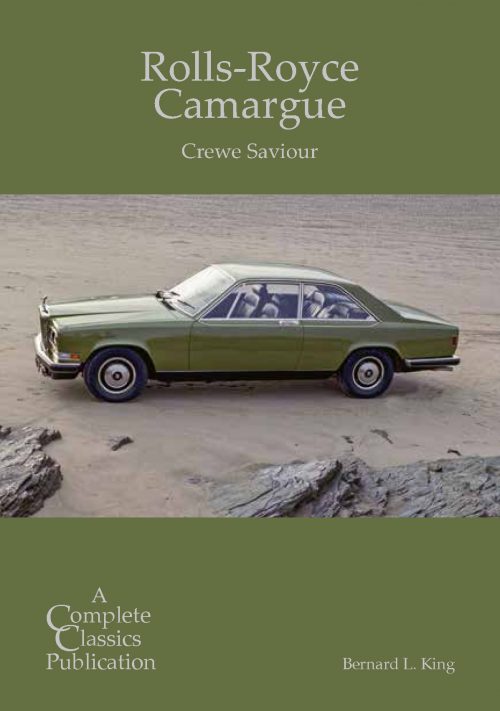
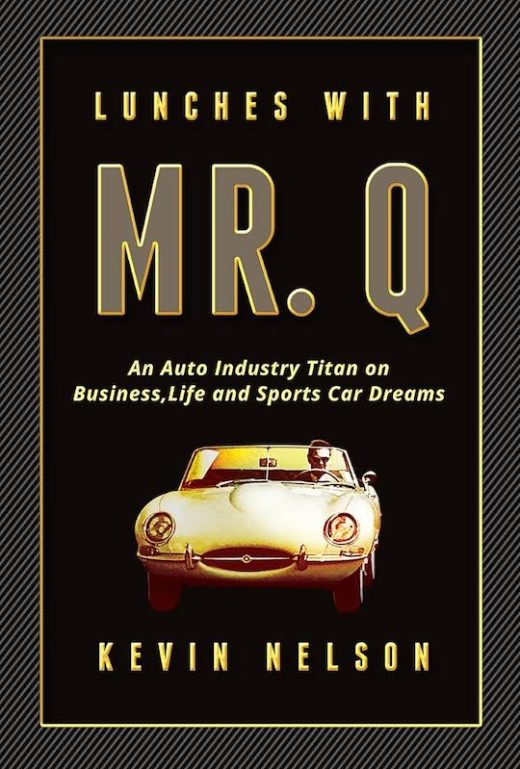
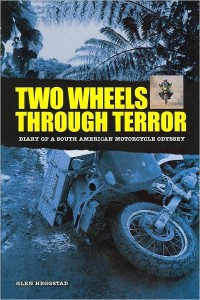
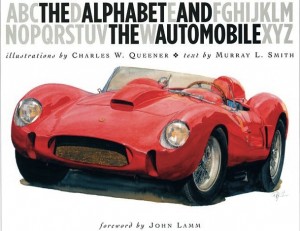
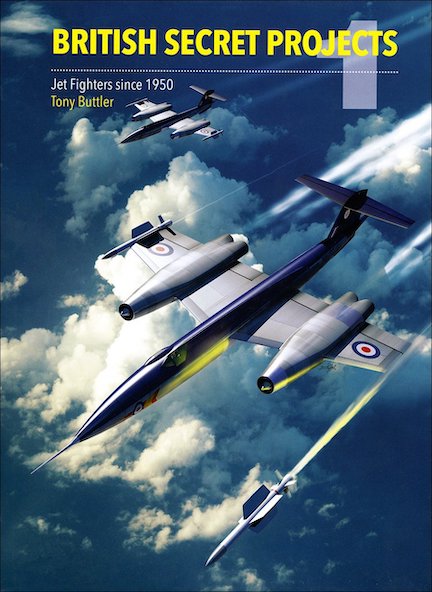
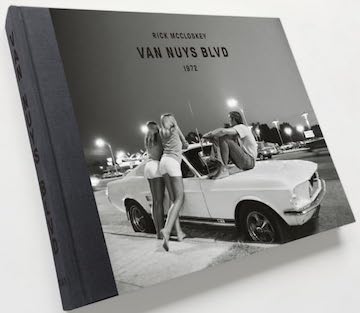



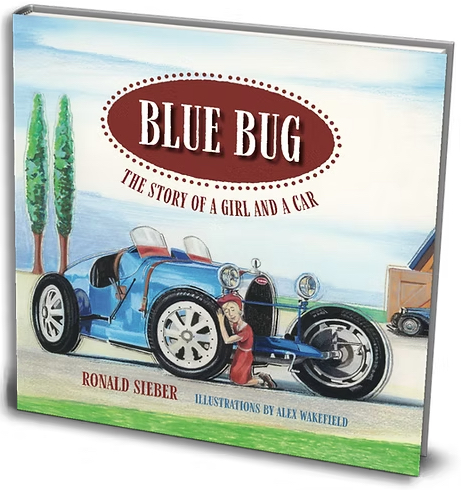
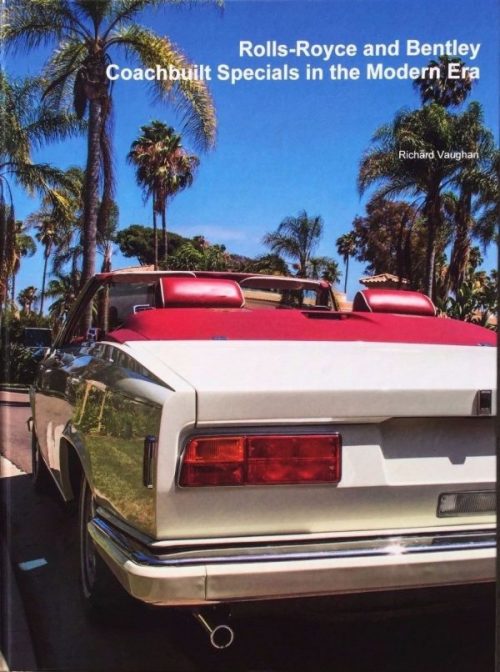
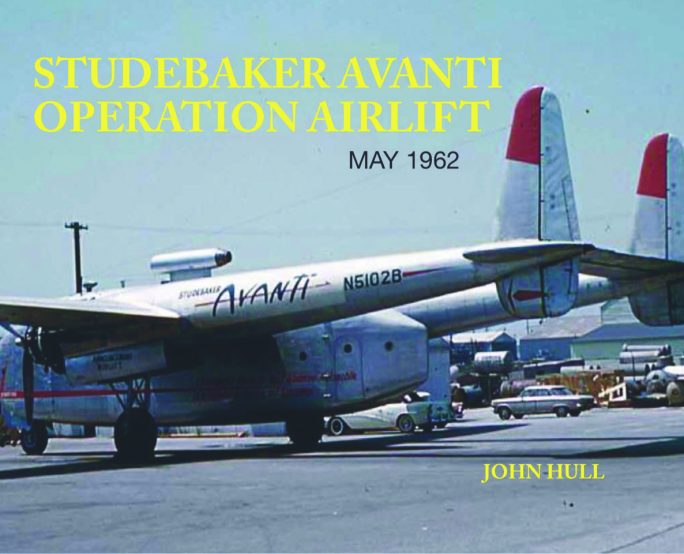
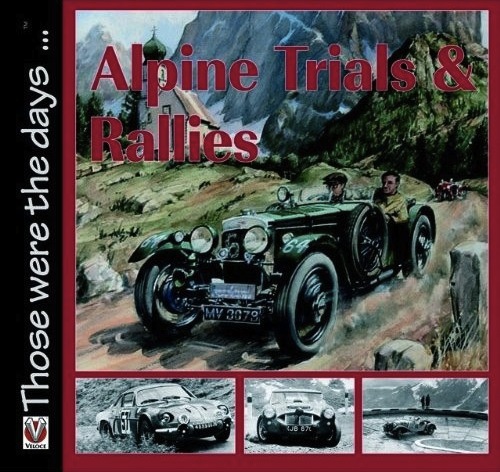
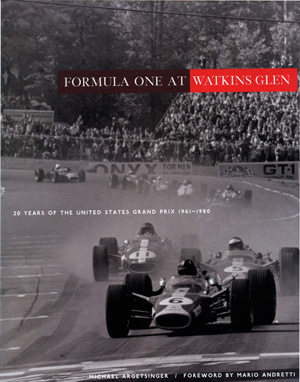

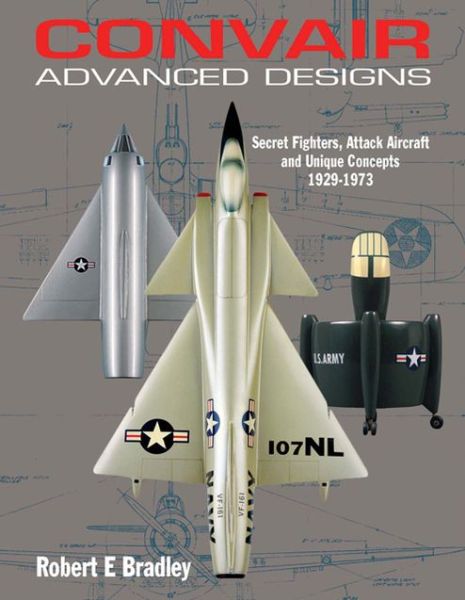
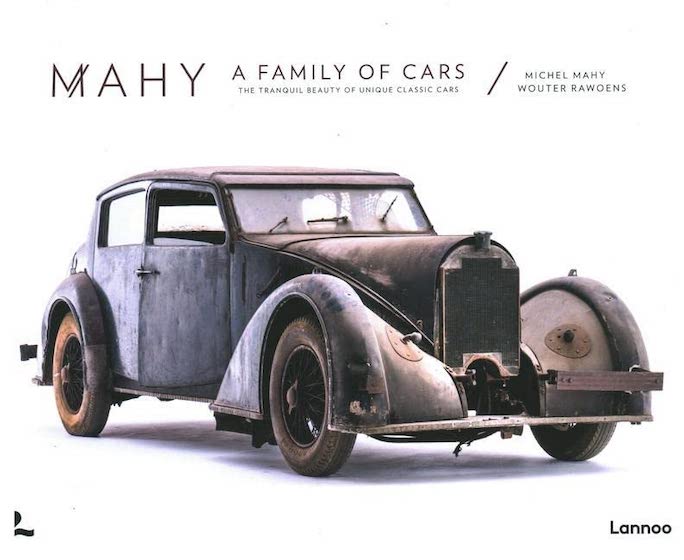
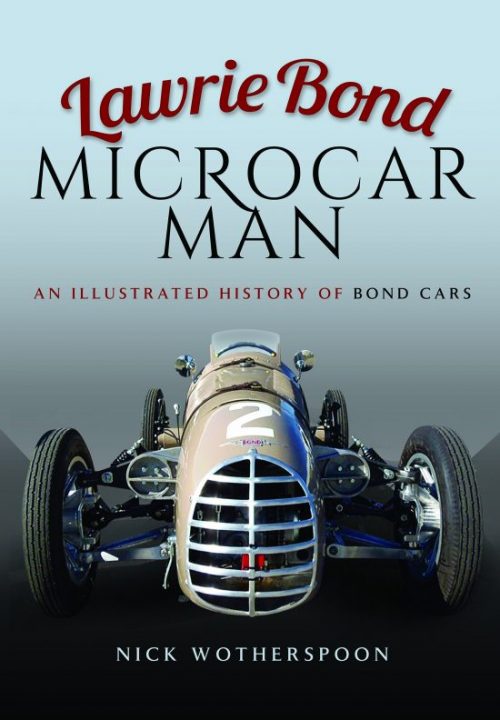

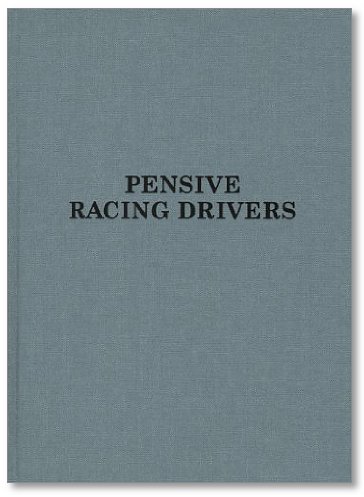
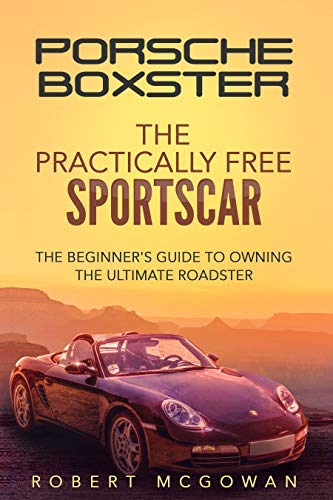
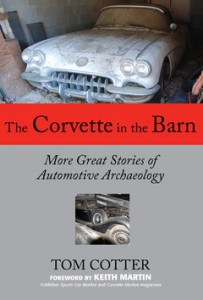

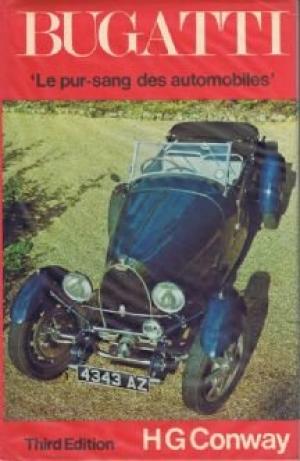
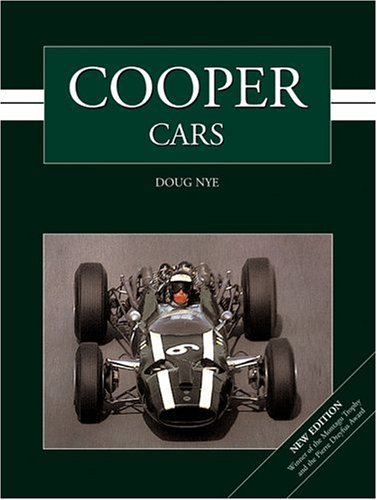
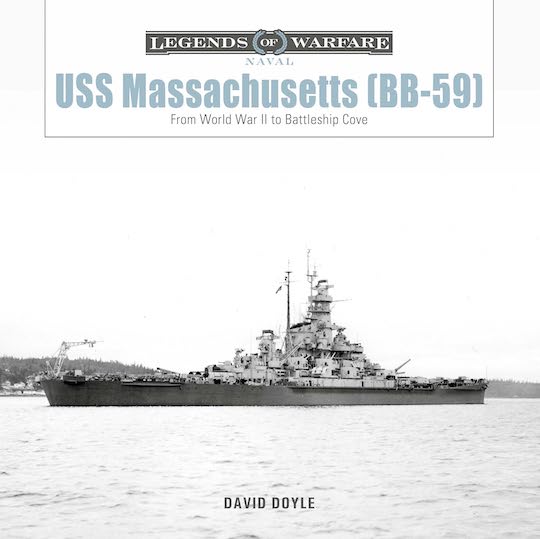
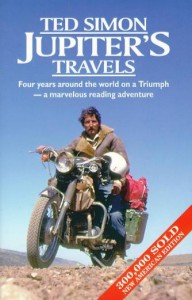
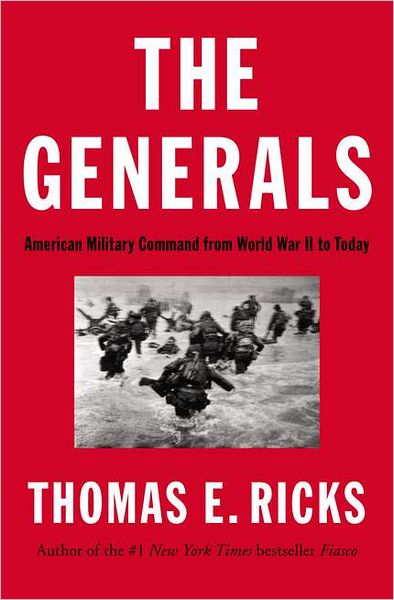

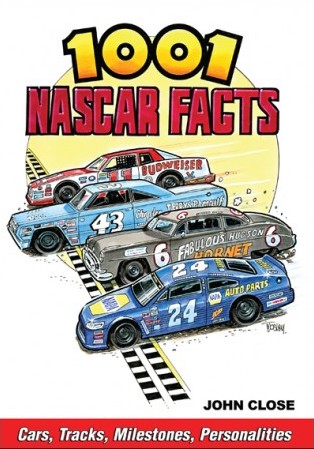
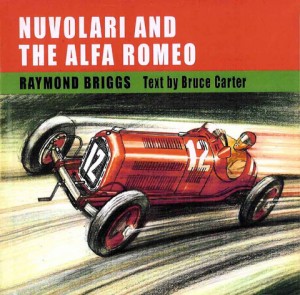
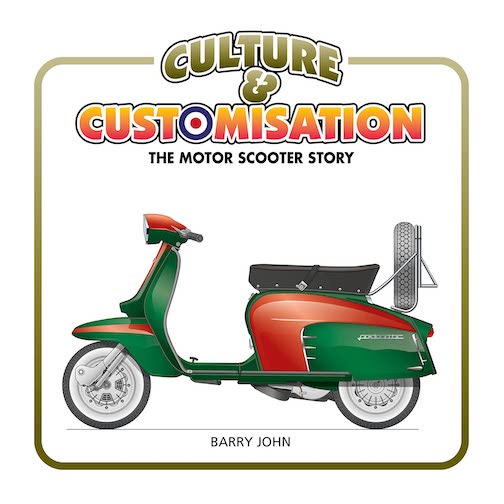
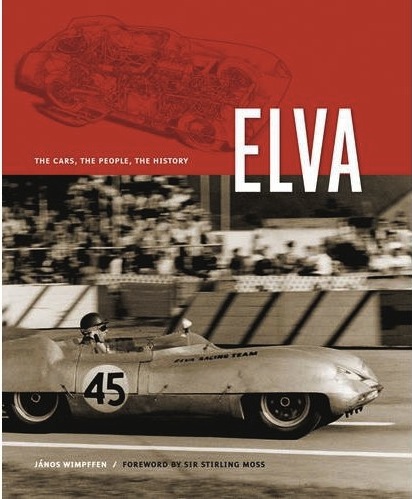
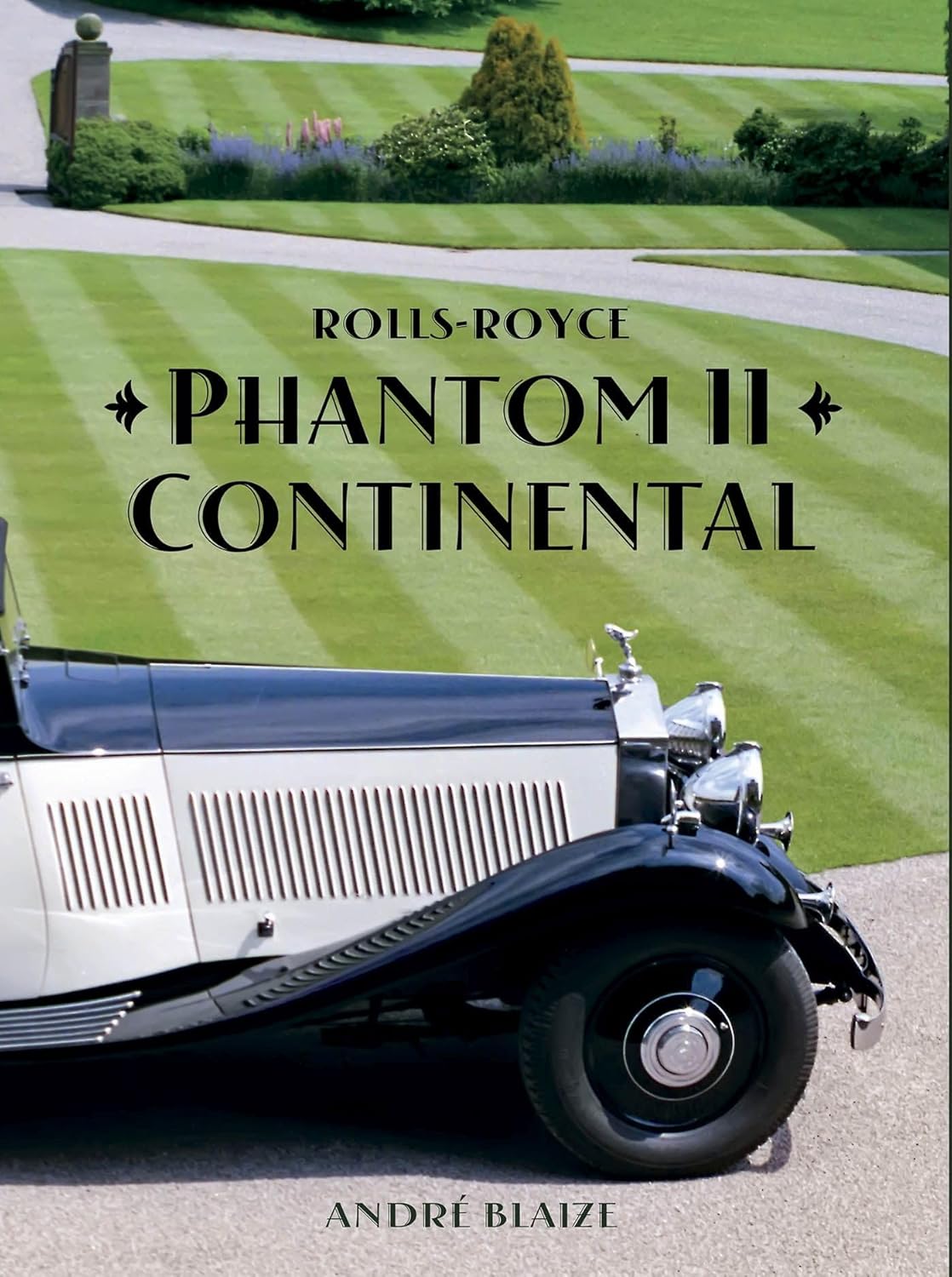
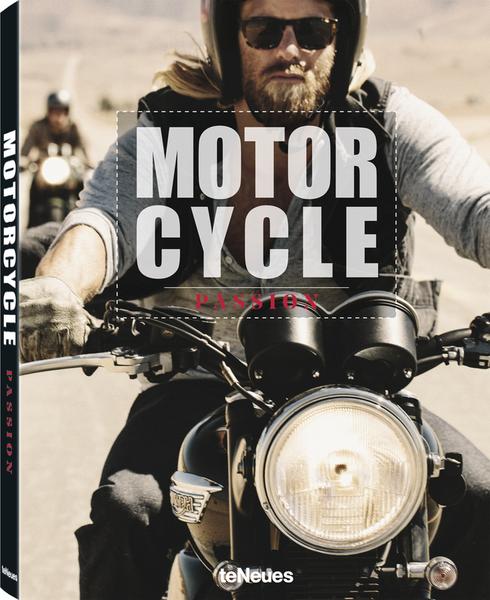
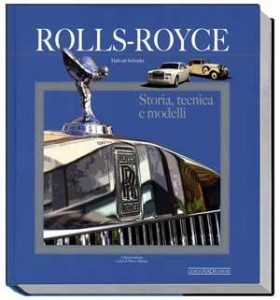
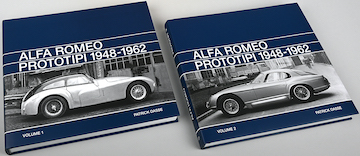

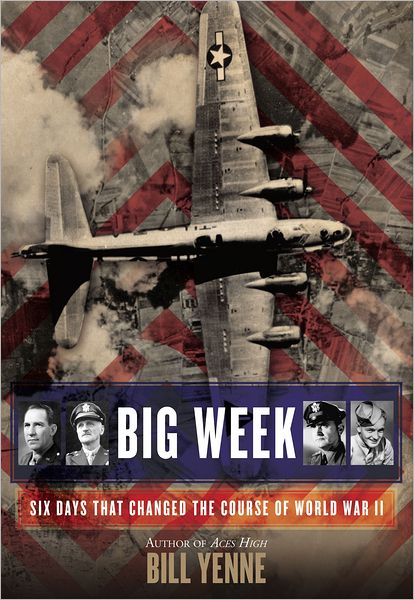
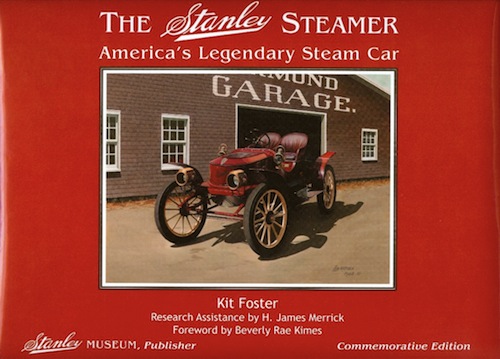
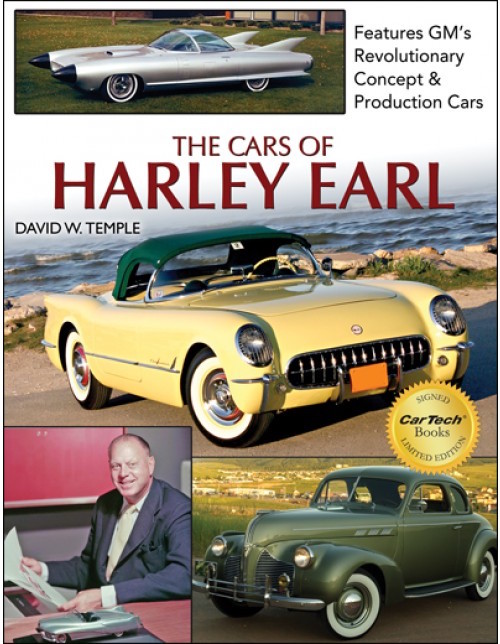
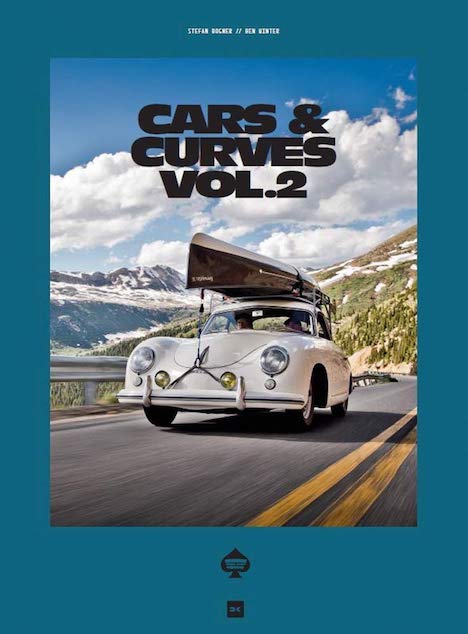
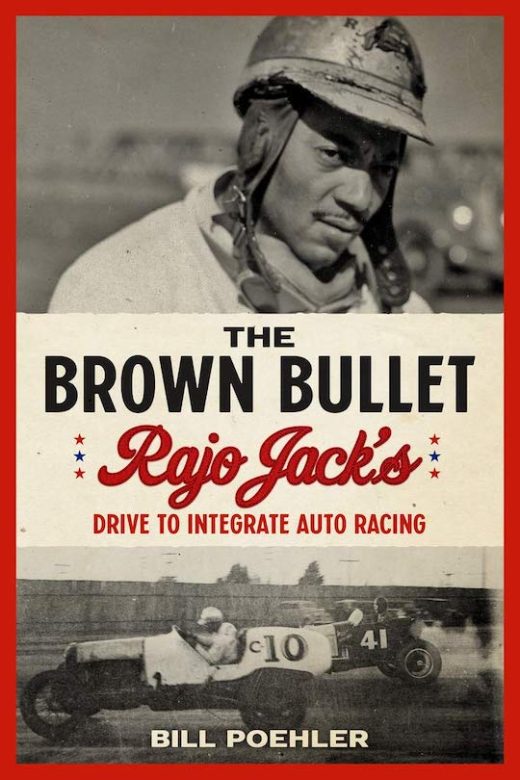
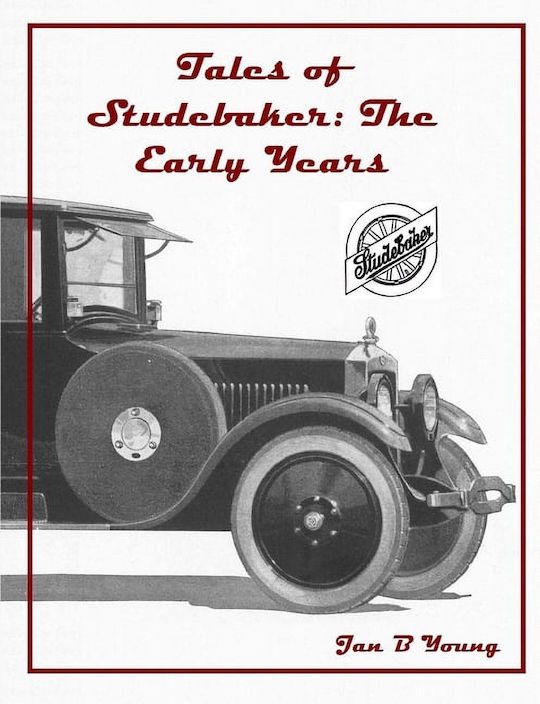

 Phone / Mail / Email
Phone / Mail / Email RSS Feed
RSS Feed Facebook
Facebook Twitter
Twitter
In my opinion, Cherry Hill’s work is unsurpassed by ANY other profession, craft, art, trade, etc. It is absolutely MARVELOUS…….I would dearly love to meet her or at least be able to communicate with her and I know this cannot happen but please tell her of my thoughts…..I am 78 years old and have been building boat models since I was 19……thank you!
Hello: I own a Cherry’s model of the Beyer Garrett #4997. The scale is 5 inch track and is 84 inches long. You have no idea how much this model gets in admiration. I have owned it for over 40 years but would thank you for more info like when was it made for whom and where there more than one. It sits in the living room of my home in Vancouver B.C. Also I need to update my insurance for it and would really appreciate an estimate of its present value.Thank you from a proud owner of Cherry Hill. Cheers, Wayne Lunan
I worked with Cherry in the design office of Autopack in Malvern in the 1980’s.
She rarely spoke of her model making life during our working hours, but I did have the priviledge of a tour of her workshop at her home in Malvern and was shown her models in their custom made cabinets alongside her engineering equipment of various vintages.
The memory of this one to one visit, will remain with me all my life. Outstanding! She was also a very good Squash player, we played on a weekly basis and I rarely beat her!
Hi, I worked for Cherry as a young draughtsman at Bruff Manufacturing Limited, Suckley, Worcester UK around 1975 to 1977. She designed, I detailed. Worked on sprout processing machinery. See my facebook group Bruff Manufacturing Company Limited.